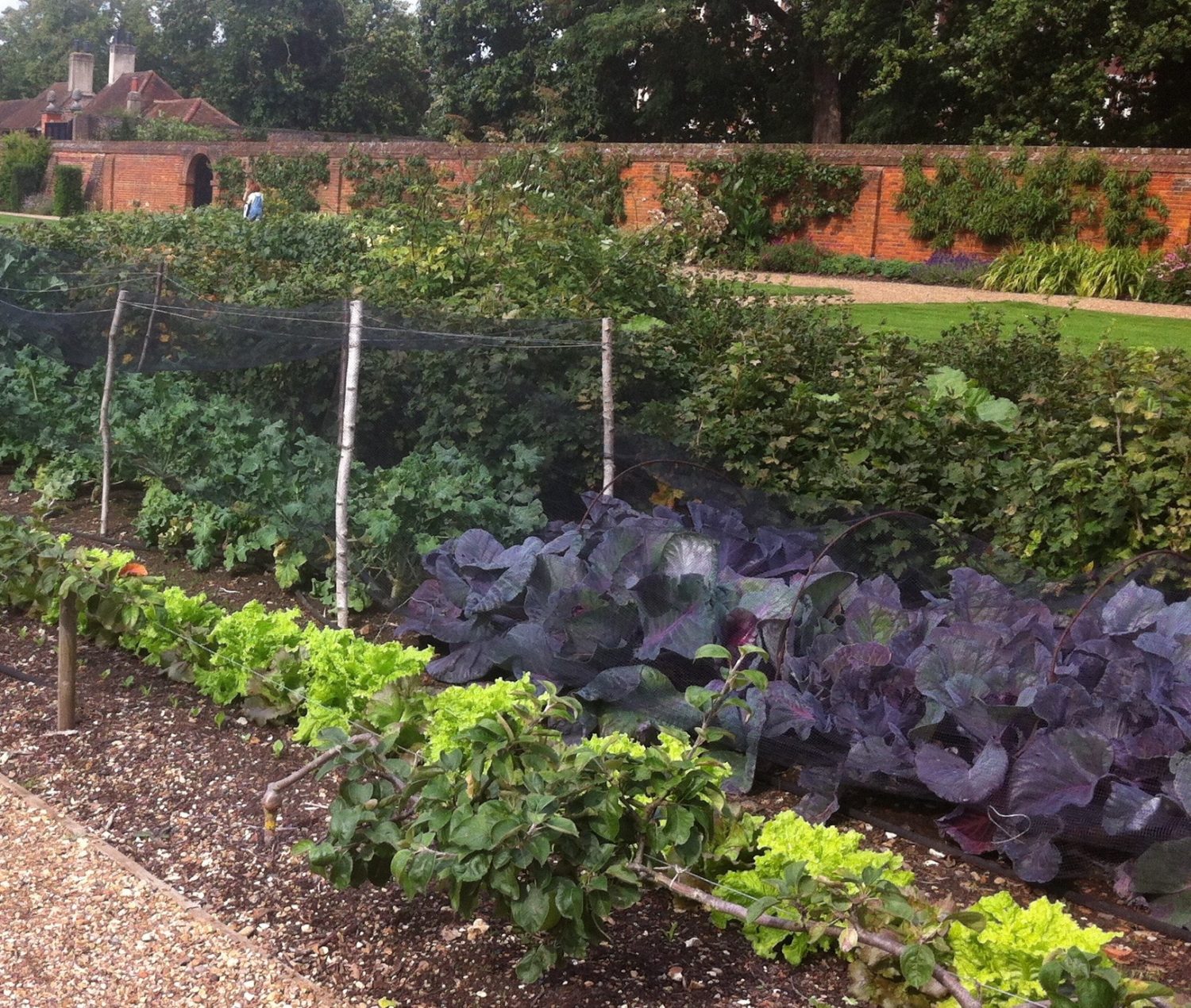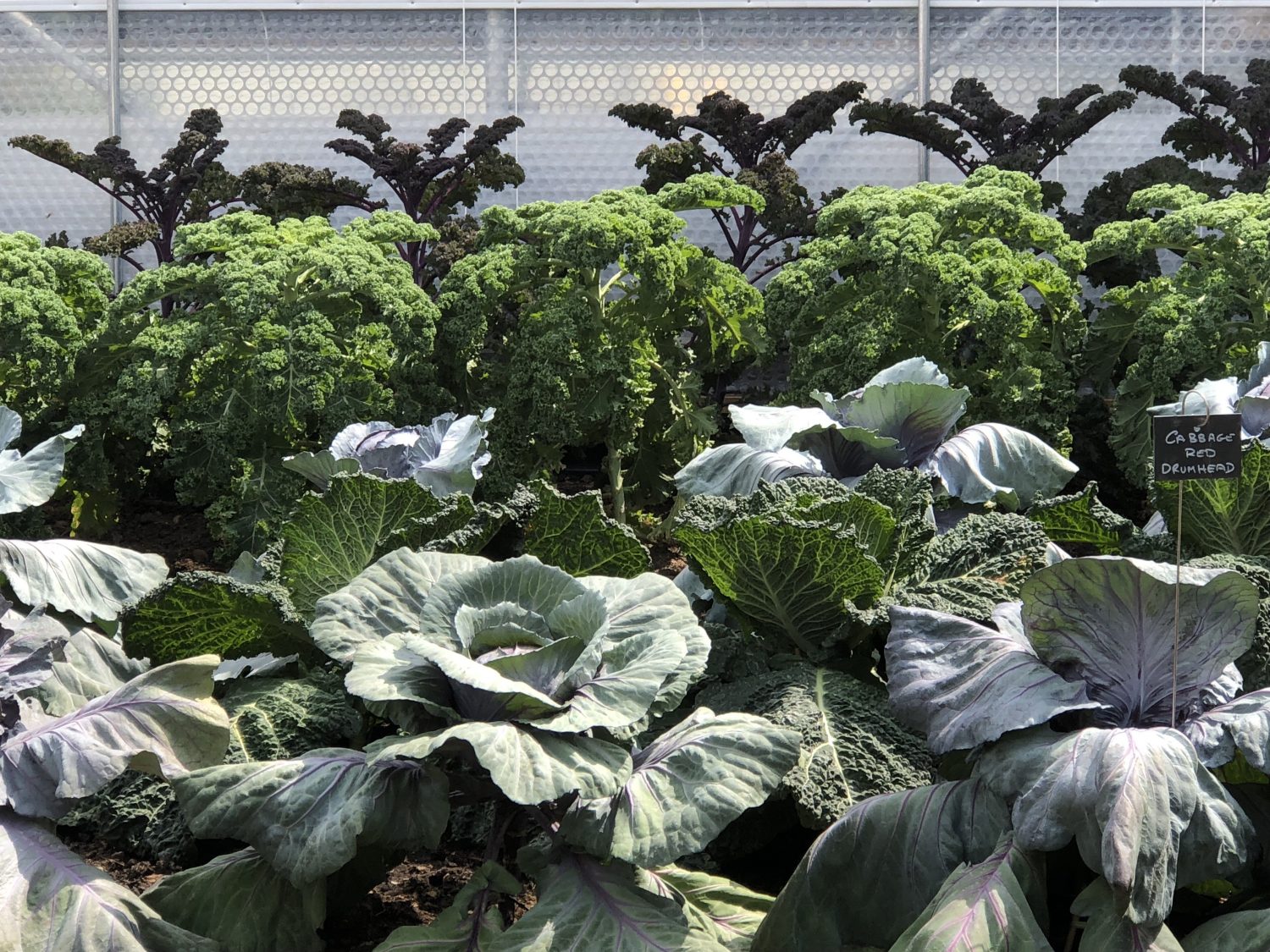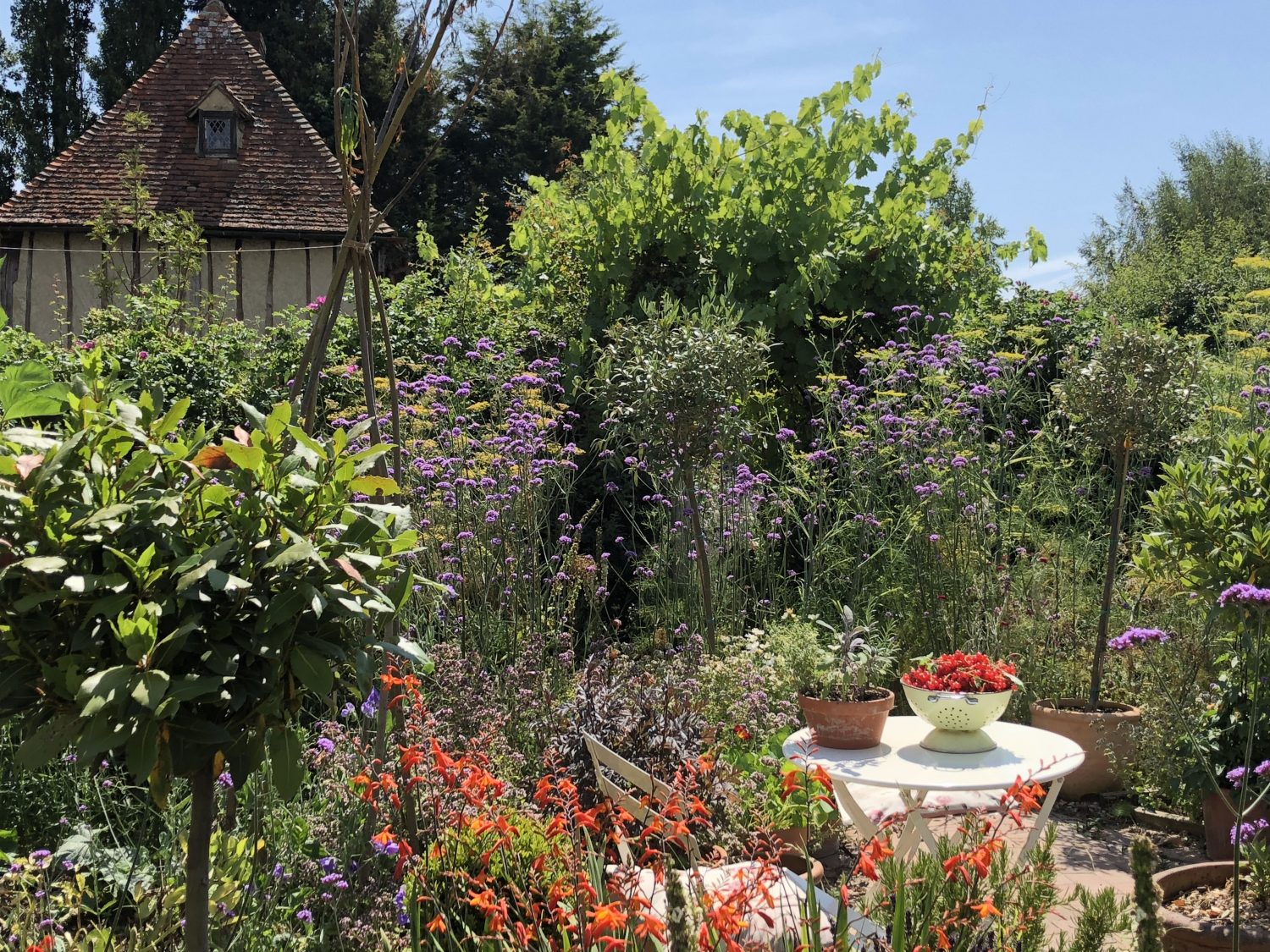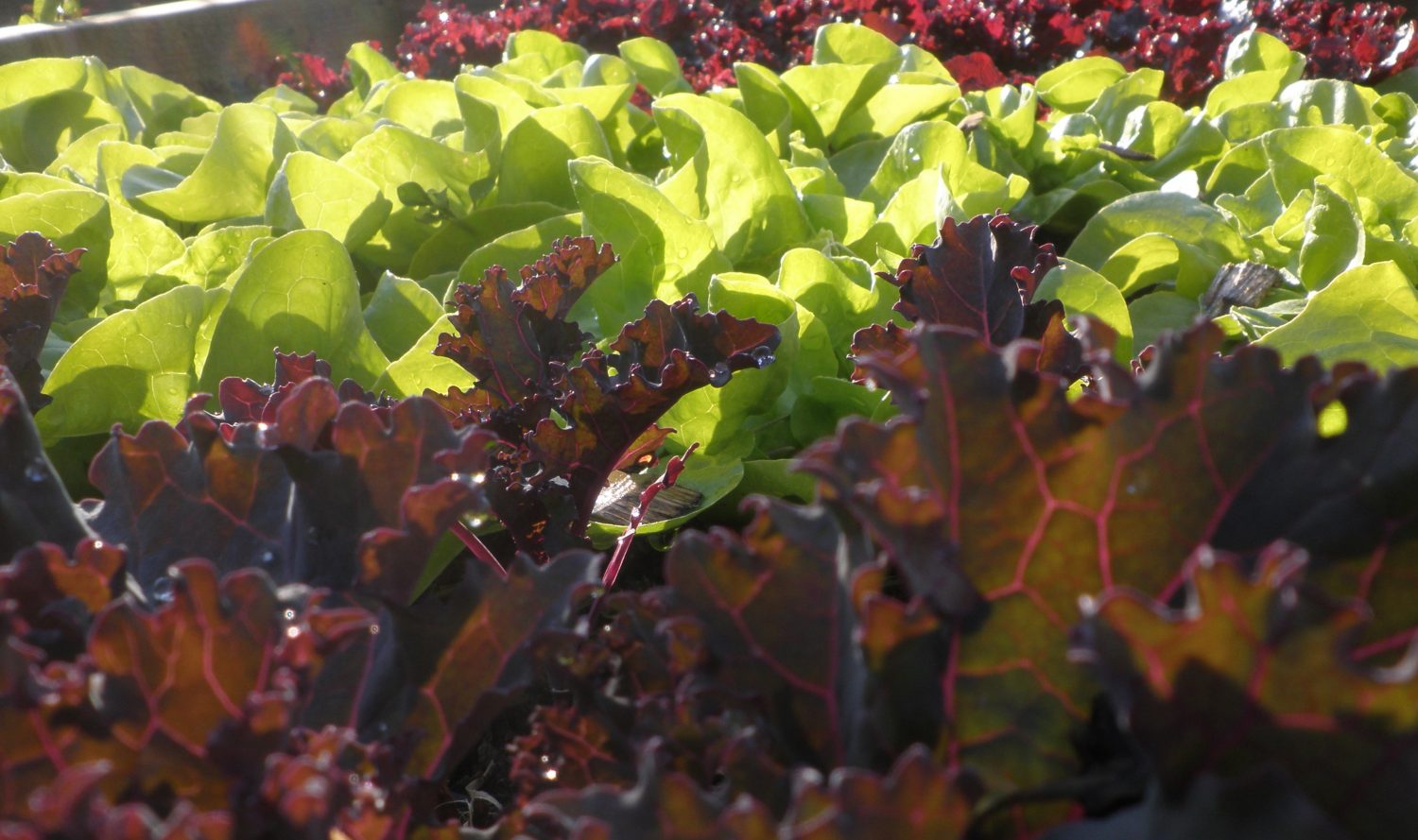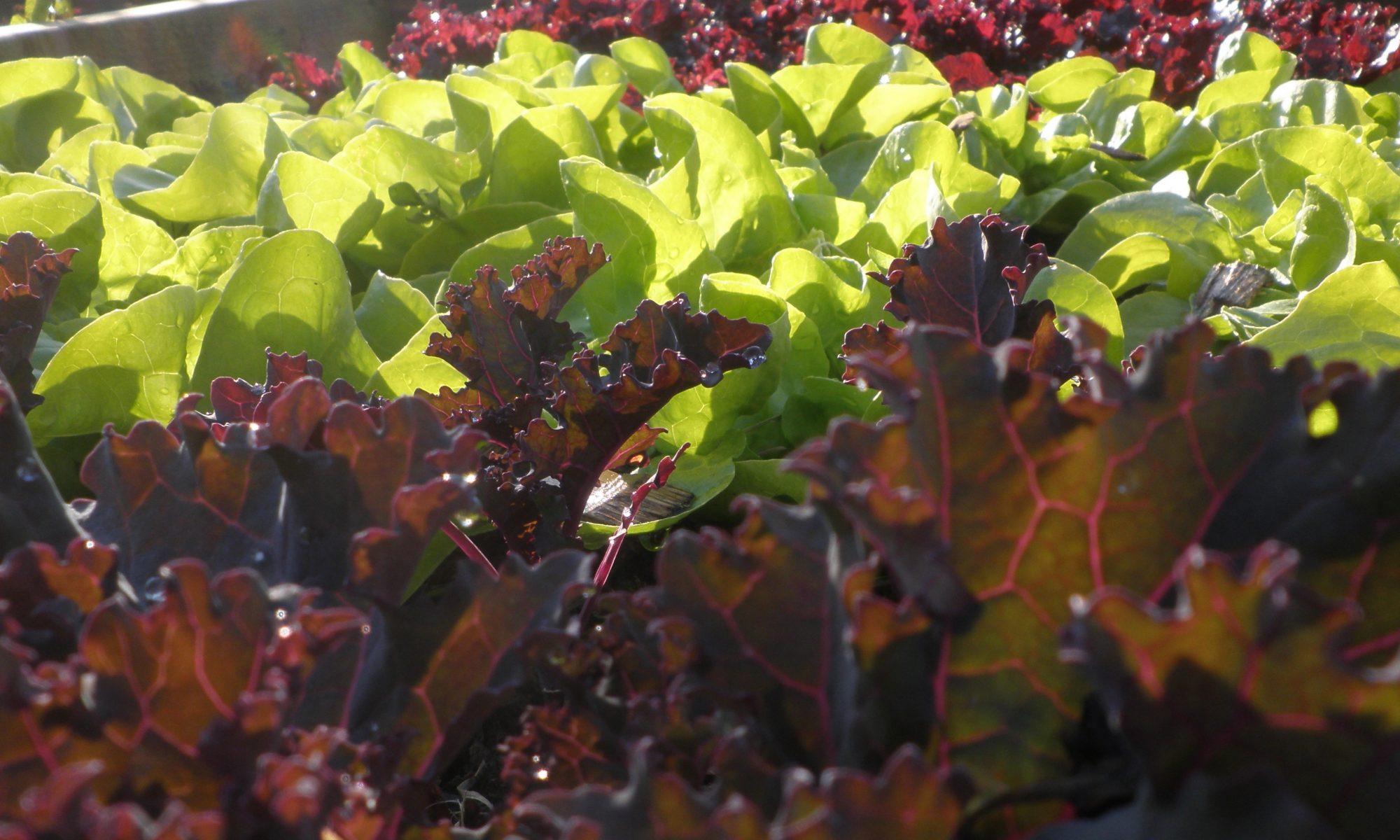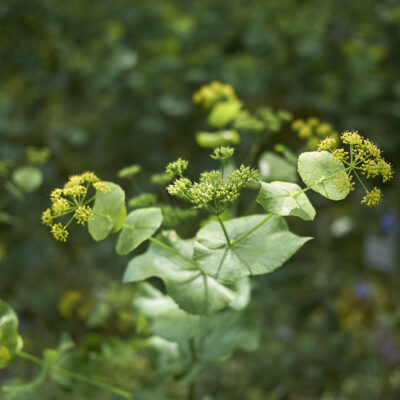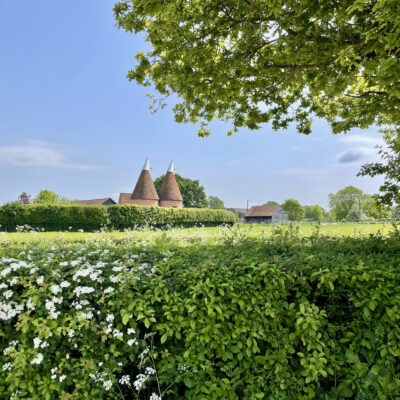There might be gaps appearing on the plot this month. I’m hoping it means you’ve been able to celebrate all that hard work and harvest some produce, but it could well be that disaster has struck. Disasters come in many forms: life events, pests – even the weather can cause crops to fail. You may not have got round to growing anything yet (time flies when you intend to grow your own). Take heart and gather yourself. There are still plenty of vegetables that you can sow now that will mature in just a few weeks, or for a harvest later in the autumn and winter. It may be too late to sow plants that take a long time to grow, like leeks, parsnips, purple sprouting broccoli, but there is definitely still time.
Fresh new crops for autumn and winter
Sow some hardy vegetables now and you will have a supply of fresh produce for the coming season. Radishes, beetroot, mangetout, short carrots and dwarf beans can be sown now to harvest in under 12 weeks. You can make sowings of kale, Swiss chard, spinach and pak choi this month and have a supply of nutritious greens for autumn and, because these are hardy crops, right through the winter too.
I grow a few stalwarts to last the winter; kale, Swiss chard and perpetual spinach are consistently reliable. Kale is hardy in the coldest of winters, heroically shrugging off frost and snow, but you may need to protect chard and spinach with a cloche. These plants do not grow much in the winter months, but will tick over and act like an outdoor larder, supplying you with fresh green leaves whenever you need them. Winter lettuces, mustards, pak choi and other oriental leaves are also surprisingly hardy. The good news about growing these crops at the end of the season is that the insect pests begin to disappear as the weather gets colder, but you may still need to net brassicas like kale, as pigeons find them irresistible and will shred any unprotected leaves.
Productive patios
Many vegetables are suitable for growing in containers; but remember that a plant in a pot is your prisoner and reliant on you for adequate food and water. Vegetables are greedy and often thirsty, so will need regular care and attention in order to provide a decent crop. Short carrots, beetroot, radishes, leafy greens and pea shoots are reliable and quick, so may be less demanding than other crops if you are short on time. Sow a packet of fast growing salad leaves and lettuce into a planter by the kitchen door, for tasty cut-and-come-again leaves that will appear within a month. If you just pick off the outer leaves, you’ll be able to keep them going for the rest of the summer and into autumn.
Filling gaps
As you harvest vegetables this month you may well be creating gaps in your plot. Fill these with fast growing crops such as rocket, khol rabi, radishes, sugar-snap peas, dwarf beans and salad leaves. Grow leafy plants in semi-shade, or keep them well watered, as they may bolt (run to seed) in hot, dry weather. If you are eager to cram as much into the season as possible, you can sow into guttering pipes before the gaps appear, so that a ready made row can slide into the ground once you’ve harvested the current crop. This is a useful way of ensuring a constant supply of peas, beans and salad.
Soil preparation and fertiliser
Keep an eye on the nutritional needs of any new plants, and add more compost as needed. Some of the early crops may have depleted key soil nutrients, which may need to be replaced before the next round of growing starts. This is less necessary for the fast growing salads and roots, but some extra compost might be needed to give hungrier crops like brassicas a boost.
Green manure
‘Nature abhors a vacuum’ so Aristotle is rumoured to have said, which when translated to the vegetable garden, means that any bare soil will be filled immediately –with weeds. If you are not keen on growing lots more vegetables this year, then beat nature to it and fill your vacuum with a green manure. This will keep the weeds down, stop soil erosion and when it’s been dug in, add nutrients to the soil and improve the soil structure.
It is not compulsory to keep your plot productive all year round, but it is entirely possible. The plants do grow a little more slowly from midsummer onwards, but so do the weeds and pests. At this time of the year there are less pressing tasks elsewhere in the garden, the soil is warm and receptive and the weather is often kinder too. Let’s get growing (again).
Vegetables to sow in August
Carrots – try growing short Chantenay, or Nantes carrots that won’t take as long to grow as longer roots. These can even be grown in containers and that way kept out of reach of pesky carrot flies.
Beetroot – grow some tasty ‘baby’ beets in around 12-14 weeks. These are best lifted before the end of the autumn, as they tend to become woody in cold weather.
Dwarf beans – because these beans don’t have to spend time climbing up poles and sticks, they start flowering and setting pods earlier than climbing varieties. From an early August sowing you could be harvesting green (or purple) dwarf French beans by the beginning of October. Don’t leave sowing any later than this though, as they are a tender crop and may be hit by an early frost.
Peas – the quickest peas to grow are the sugar-snaps and mangetout varieties, as you are harvesting the whole pod and not waiting for the peas inside to swell and ripen.
Kale – this is probably one of my ‘desert island’ vegetables; it stands tall and impervious to the winter weather, nutritious to the end. Protect from pests.
Swiss chard – as beautiful as it is good for you, chard is available in a rainbow array of colours, although a white one ‘Fordhook Giant’ may be the best culinary variety.
Rocket – Reliable, quick (as its name suggests) and tasty, rocket will also self-seed around the patch, so you may find you don’t have to make repeat sowings…
Oriental greens – crops like pak choi, mustard, kai lan (Chinese broccoli) and napa cabbage are fast growing and make fantastic additions to stir fries and soup recipes. They may need netting to protect from flea beetle (which makes tiny holes in the leaves), caterpillars and pigeons.
Salad leaves – loose leaved, ‘cut and come again’ lettuce, herbs like chervil, coriander and spicy mesclun mixes of assorted leaves, all make quick and tasty fresh salad that will stay fresh (unlike the plastic bags of leaves that turn to slime as soon as you open them) for many weeks.
TEST
Keep an eye on the nutritional needs of any new plants and add more compost as needed. Some of the early crops may have depleted key soil nutrients, which may need to be replaced before the next round of growing starts
TEST
Kale and cabbages growing side by side. Grow leafy plants in semi-shade, or keep them well watered, as they may bolt
TEST
